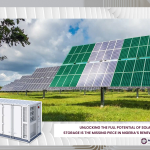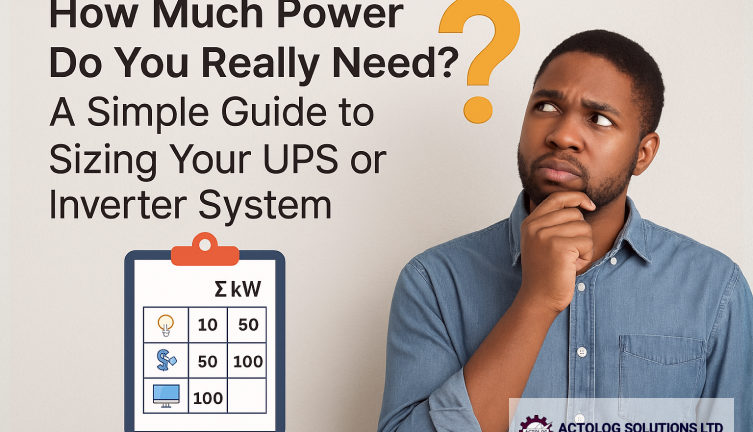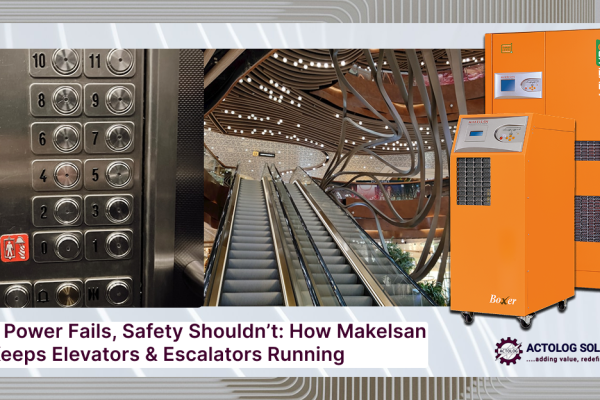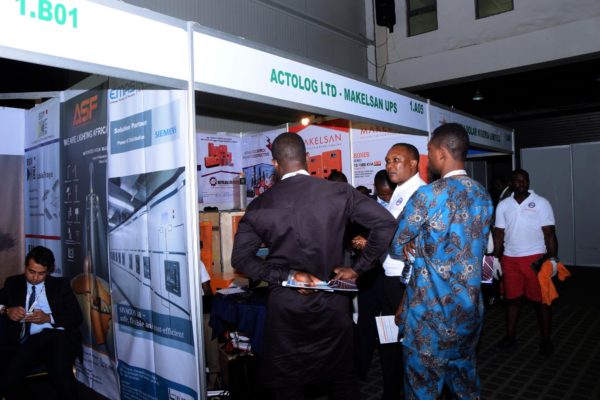Power cuts are a regular part of urban life in Nigeria, with residents experiencing an average of 32 outages per month (World Bank, Enterprise Survey). This makes a reliable backup power solution not just a smart investment, but a daily necessity for homes and businesses alike. Yet, many people end up buying an undersized or oversized UPS or inverter system because they don’t understand their actual power needs. This guide will walk you through the basics of power sizing so you can make an informed choice that saves money and keeps your home or business running smoothly.
Why Proper Sizing Matters
If your power backup system is too small, it won’t support all your essential appliances. If it’s too large, you’ll spend more than necessary on equipment and batteries. Proper sizing ensures:
- Reliable performance during outages
- Longer equipment and battery life
- Better energy efficiency
💡 Did you know? A poorly sized inverter system can waste up to 25% of battery energy due to inefficiency and unnecessary strain.
Step 1: Identify Your Essential Appliances
Start by listing all the appliances you want to power during an outage. For homes, this could include:
- 🔦 Lights
- 🌬 Fans
- 🎥 TVs
- 🍺 Refrigerators
- 📶 Wi-Fi router
For small businesses or offices:
- 💻 Computers and servers
- 🖨 Printers
- 📍 CCTV systems
- 🏦 Point-of-sale terminals
⚠️ Pro Tip: Prioritize appliances that are essential for comfort, productivity, or security.
Step 2: Determine the Power Rating of Each Appliance
Check the label or manual of each device for its power rating, usually listed in watts (W) or volt-amperes (VA). If only amps (A) are listed, use this formula:
Watts = Amps × Voltage (typically 220V in Nigeria)
Example: A standing fan rated at 0.4A would consume:
0.4 × 220 = 88W
📈 A typical laptop uses around 65W, while an LED TV may consume about 100W.
Step 3: Calculate the Total Load
Add up the wattages of all the appliances. For a typical home setup:
- 3 Fans (88W each) = 264W
- 6 LED bulbs (10W each) = 60W
- 1 TV = 100W
- 1 Wi-Fi router = 20W
- 1 Refrigerator = 150W
Total Load = 594W
To convert to VA (for UPS sizing), divide the total watts by a power factor (typically 0.8):
594W / 0.8 = 742.5VA
🔎 This means you’d need a UPS or inverter rated at least 800VA to run these appliances safely.
Step 4: Decide How Long You Want Backup Power
Now determine how many hours of backup you want. Use the formula:
Battery Capacity (Ah) = (Total Load in Watts × Backup Time in Hours) / Battery Voltage
Using our earlier load example (594W) and aiming for 4 hours backup:
(594 × 4) / 12 = 198Ah
⛽ You’d need batteries with a total capacity of at least 200Ah, which can be achieved with two 12V 100Ah batteries in parallel.
Step 5: Factor in Future Expansion
Don’t just size for today’s needs. Think long-term. Will you add an air conditioner, another refrigerator, or more devices soon?
🔢 Sizing your system at 10–20% above your current needs ensures scalability without over-investing today.
Visual Summary: Sample Home Load Chart
| Appliance | Quantity | Power (W) | Total Power (W) |
|---|---|---|---|
| Fan | 3 | 88 | 264 |
| LED Bulb | 6 | 10 | 60 |
| TV | 1 | 100 | 100 |
| Wi-Fi Router | 1 | 20 | 20 |
| Refrigerator | 1 | 150 | 150 |
| Total | – | – | 594W |
Final Thoughts
Correctly sizing your UPS or inverter system helps you get the best value, ensures reliability, and gives you peace of mind during Nigeria’s frequent blackouts. Plus, it reduces wear and tear, minimizes battery replacements, and optimizes energy consumption.
Need Help Sizing Your System?
Reach out to Actolog Solutions today for a free consultation. Our engineers are trained to assess your exact power requirements and provide tailored solutions that match your home or business needs.
✉️ Contact us today and let our experts handle the math while you enjoy uninterrupted power.








